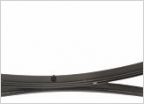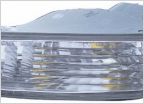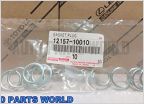-
Welcome to Tacoma World!
You are currently viewing as a guest! To get full-access, you need to register for a FREE account.
As a registered member, you’ll be able to:- Participate in all Tacoma discussion topics
- Communicate privately with other Tacoma owners from around the world
- Post your own photos in our Members Gallery
- Access all special features of the site
Purge Valve Test
Discussion in '1st Gen. Tacomas (1995-2004)' started by notrouble, Aug 21, 2025.
Page 1 of 2
Page 1 of 2


 New Leaf springs
New Leaf springs Fog Light/ Blinker Swap melting housing
Fog Light/ Blinker Swap melting housing 02 Tacoma gear oil
02 Tacoma gear oil Who owns an OBD2 scanner?
Who owns an OBD2 scanner?
